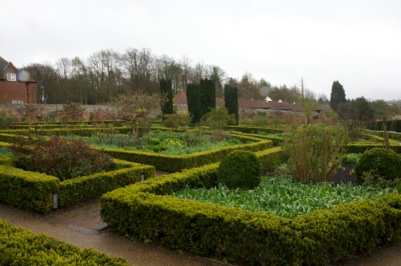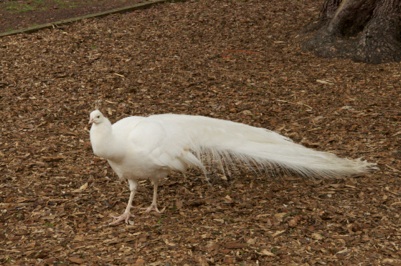England is making news this summer with images of the Queen’s Jubilee and the Olympic Rings everywhere. Yet for me there is no more definitive image of England than a castle.
English castles are the stuff of fairy tales with kings, queens and valiant knights in history and romantic fiction yet it was gardeners working inside the castle walls that made life possible.
Leeds Castle in the region of Kent in southern England labels itself as the “world’s prettiest castle.” This castle, originally built by King Ethelbert IV in 857, was restored by an American heiress, Lady Baillie, in the late 1960‘s. Gifted at her death to a private foundation, it is still in use for international peace talks and other high-level gatherings. In between international events, school children and tourists tromp through the halls craning their necks to admire elaborate ceilings, tapestries and books on high library shelves. While the castle is fascinating, the castle grounds and gardens display an important garden history.

Castles were built on an overlook by a good source of water. Walls were erected for protection of the residents and just as important, the food and water supply. Inside the castle walls, a kitchen garden grew root vegetables and herbs, providing food for the table and the medicines for the ills. In times of peace, the land outside the castle served as pasture for livestock. Sheep provided both wool and food. The orchards provided the fruits for mead and puddings. Forests surrounding the castle provided rabbits and deer for meat, as well as fuel for cooking. A castle had to sustain the lives of all that lived there. Sustainability then demanded locally grown food and natural remedies. The workers likely never rested caring for all the needs the land and livestock required.

A visit to Leeds Castle today allows you to follow the long walking path to the castle. This is the road King Henry VIII’s retinue of 3978 people traveled to bring the King here for anovernight stay. The path takes you through rolling green hills with drifts of daffodils and narcissus. The way is shaded by majestic lebanon cedars trees. Along the lake there are willows, and flowering fruit trees. The sheep grazing on the hills have their new lambs close by.

Today, Leeds Castle is beautiful and well cared for, no struggle or muddy muck in view. The daffodils grow over old battle grounds. Battle now is between a black swan and a white swan on the lower pond. A positively regal white peacock is the replacement of the victorious king.

The kitchen garden need only supply fresh greens and herbs for the tea shop and cafe which caters to visitors. The sheep with their newborn lambs are photographed more than harvested for their meat. A boxwood maze is a play space for visitors rather than a escape for clandestine lovers.

History is crammed with facts and stories, much of what we study is about the ancestry and military battles yet the contribution of gardeners is significant. It is said that where agriculture goes culture grows. Castle gardens planted seeds of progress.
[nivo category=”garden-articles” number=30 speed=2000 pause=2000]

